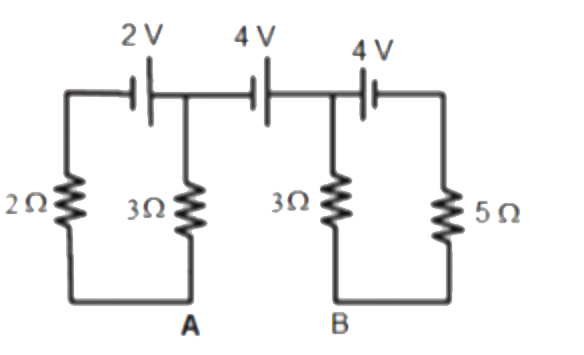How do you account for the difference in melting points between (a) and (b) between (c ) and (d) and between these two differences ?
 .
.
Video Solution
Text Solution
The crystal forces in (a) and (d) are largely van der Walls. Compounds (a) and (c ) containing the polar OH groups from H-bonding
(b) in (a) there is intramolecular H-bonding whereas in (c ) it is intermolecular H-bonding which leads to increases in meliting point of (c ) as compared to (a) and (d)
(c) In the absence of strong intermolecular H-bonding the difference in m.pt as compared with the reference substance (b) should be small This is due to differences in the crystal structure or due to the van der Waals forces, which would be slightly larger for (b) than for (a) on account of the slightly increased molecular mass .
|
Topper's Solved these Questions
- CHEMICAL BONDING AND MOLECULAR STRUCTUREBook:CENGAGE CHEMISTRYChapter:CHEMICAL BONDING AND MOLECULAR STRUCTUREExercise:Ex 2 .2 Subjective (Intermolecular Forces And H-Bonding)
Explore 7 Videos
- CHEMICAL BONDING AND MOLECULAR STRUCTUREBook:CENGAGE CHEMISTRYChapter:CHEMICAL BONDING AND MOLECULAR STRUCTUREExercise:Ex 2 .2 Subjective (Molecular Orbital Theory)
Explore 4 Videos
- CHEMICAL BONDING AND MOLECULAR STRUCTUREBook:CENGAGE CHEMISTRYChapter:CHEMICAL BONDING AND MOLECULAR STRUCTUREExercise:Archives Subjective
Explore 15 Videos
- ATOMIC STRUCTUREBook:CENGAGE CHEMISTRYChapter:ATOMIC STRUCTUREExercise:Concept Applicationexercise(4.3)
Explore 19 Videos
- CHEMICAL EQUILIBRIUMBook:CENGAGE CHEMISTRYChapter:CHEMICAL EQUILIBRIUMExercise:Archives (Subjective)
Explore 11 Videos
Similar Questions
Knowledge Check
If fig. the difference of potential between (B) and (D) is -
 A+0.67VB−0.67VC2VD1.33V
A+0.67VB−0.67VC2VD1.33VThe potential difference between points A and B is:
 A207VB407VC107VDZero
A207VB407VC107VDZeroPotential difference between two points is equal to
AWork donechargeBCharge × work doneCChargework doneD(charge)2work done
How do you differentiate between energy and power ?
View SolutionHow is potential difference between two points expressed?
View SolutionIn given circuit , the potential difference between points A and B is

View Solution
The potential difference between points A and B is
View SolutionThe potential difference between points A and B is

View Solution
